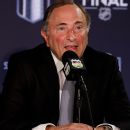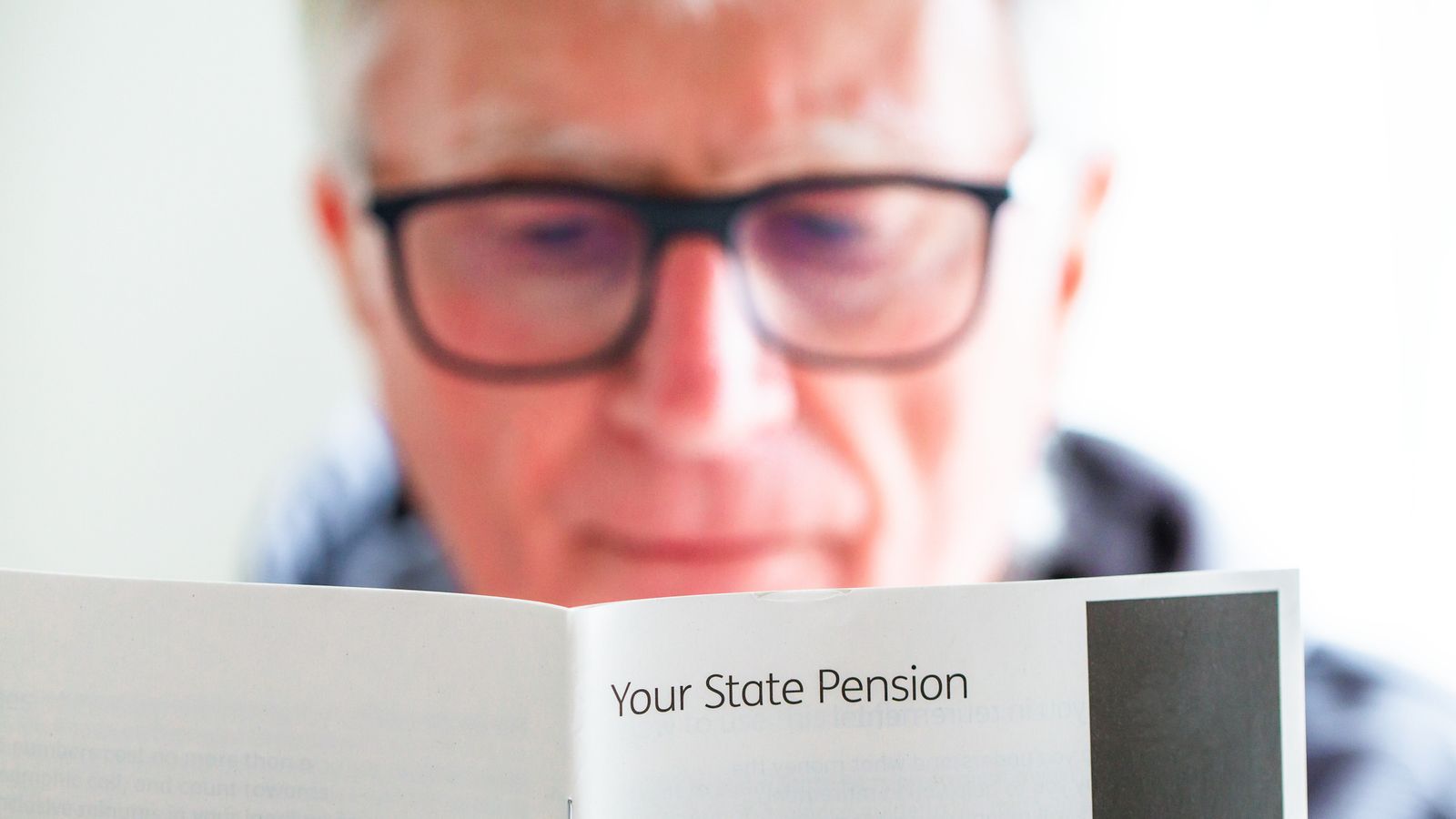
NEW YORK — The NHL released its first-ever comprehensive diversity and inclusion report at its board of governors meeting on Tuesday, highlighting efforts to promote social change while offering a snapshot of its demographic challenges.
The

1 Related
But there are still large demographic inequities in the NHL. According to the report, 83.6% of employees across the NHL and its teams are white, 4.17% Asian, 3.74% Black, 3.71% Hispanic/Latino and 0.5% Indigenous, while 2.48% of employees opted not to answer. The report also found that 65.44% of interns and fellowships in the NHL are white, while 69.6% of human resources departments are white.
The report found that 61.86% of workers around the NHL identify as men, with 36.81% identifying as women. Those numbers change dramatically when it comes to employees in marketing, branding and content, as 52.72% identify as male and 46.2% identify as female.
Four in 10 NHL fans in the U.S. are female, according to research cited in the report.
According to the report, 93.14% of the NHL’s workforce identifies as straight or heterosexual, 1.52% as bisexual, 1.12% as gay and 0.81% as lesbian.
Davis said there’s work to be done to make the NHL more appealing to applicants from underrepresented groups.
“When you’re talking about employment of underrepresented audiences, [people are] like ‘OK, we’re woke and we’re going to go and hire folks.’ The question is how those markets see you? How do they experience your brand?” said Davis. “There’s marketing work to do with these under-indexed populations. It’s like, ‘I know I can get there, but can I survive and thrive?'”
Part of that marketing is a new “Fan Code of Conduct” that was developed with Sports Innovation Lab, a sports marketing firm cofounded by Hockey Hall of Famer Angela Ruggiero. Its aim is to create a welcoming environment for all fans, covering such aspects as security and fostering a better experience for people with health conditions or impairments.
“If people heard about a poor reception inside the stadium, they probably aren’t going to want to work for us, right?” Davis said. “Everything relates to everything else.”
The code of conduct was one of two major recommendations developed by the NHL’s Fan Inclusion Committee. The other was a “pod” structure that will bring together the NHL, its teams and underrepresented audiences and experts to learn the best way to build authentic relationships with those communities. The first Club Marketing Pod, centered on the South Asian community, began meeting in June.
The report focuses on seven “dimensions” that tie the NHL’s diversity efforts together: leadership, education, employment, marketing, partnerships, participation and community engagement.
Davis said education has been the NHL’s strongest area of growth. The league launched a significant portion of its third-party education work during the COVID-19 pandemic, when revenues were down and staff were remote. But Davis said the NHL spent over $500,000 to facilitate Zoom-based “intensive learning” for all league employees.
“There’s an old saying that ‘if you know better, you do better.’ When you give that kind of focus to this kind of work, it helps people get comfortable with what’s often uncomfortable. And it’s uncomfortable because it’s not something that they’ve experienced,” said Davis. “Some people are embarrassed to say that. I think the last two years, in the wake of George Floyd’s murder, have allowed all of us to become more open and vulnerable about the things that we don’t know, and that’s certainly accelerated our work.”
The death of Floyd, a Black man, while in Minneapolis police custody in May 2020 became a catalyst for a racial and social justice movement that swept through the sports world. NHL teams and players made public statements addressing racial injustice and issued calls for action following Floyd’s murder.
Since then, the league as a whole has faced criticism for not being as vocal or active on racial issues in the public sphere. Davis believes the momentum from that moment continues behind the scenes. She points to the NHL’s player inclusion committee as one example.
“They’ve made some specific recommendations that go beyond the locker room training about how they want to engage as players,” she said. “When you have a movement of this kind, not everything is going to be public. It shouldn’t be. There’s a lot of work that has to happen behind the scenes.”
For example, Davis said there’s been communication with teams regarding how they approach law enforcement appreciation nights, with respect to how some of their fans might view them.
“I think this is, for so many of us, a blind spot around how one part of the community can admire the group and another can fear the group, and the two can both be true according to their vantage point,” said Davis. “As we’ve talked to clubs about this, they have listened and many of them have learned to do better. It’s a complicated [issue], but people are open to hearing and understanding how perceptions can be reality for those who we’re trying to make comfortable and feel welcome in our sport.”
There’s more work to be done behind the scenes. The report states that 27 NHL teams have established, or are about to establish, D&I councils or working groups, up by four teams since Davis’s group was formed. Davis said some teams that haven’t established them are working through pandemic-related staffing challenges. Only 14 teams have employed a professional whose job function is dedicated to D&I. Davis said that some team owners have those professionals in other facets of their corporate structure, while other teams are still learning what kind of individual to seek out to fill that role.
The report noted some future initiatives, including a relaunch of the “Hockey Is For Everyone” campaign by the NHL and NHLPA into a broader coalition of partners “who use the sport as a force for empowerment and inclusion.” There will be further expansion of the NHL Street ball hockey program. The league also plans to administer another workforce demographic study to evaluate progress made in diversity hiring practices.






